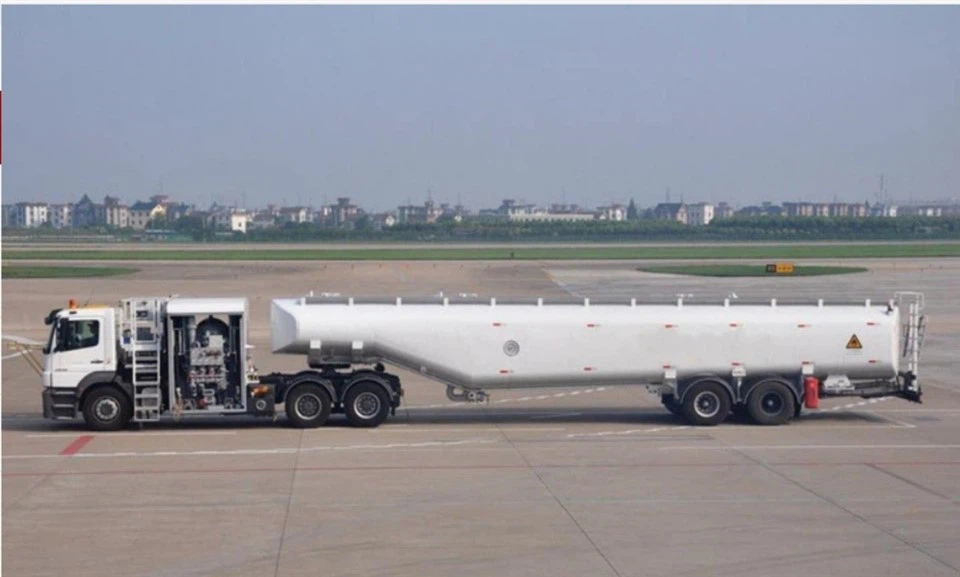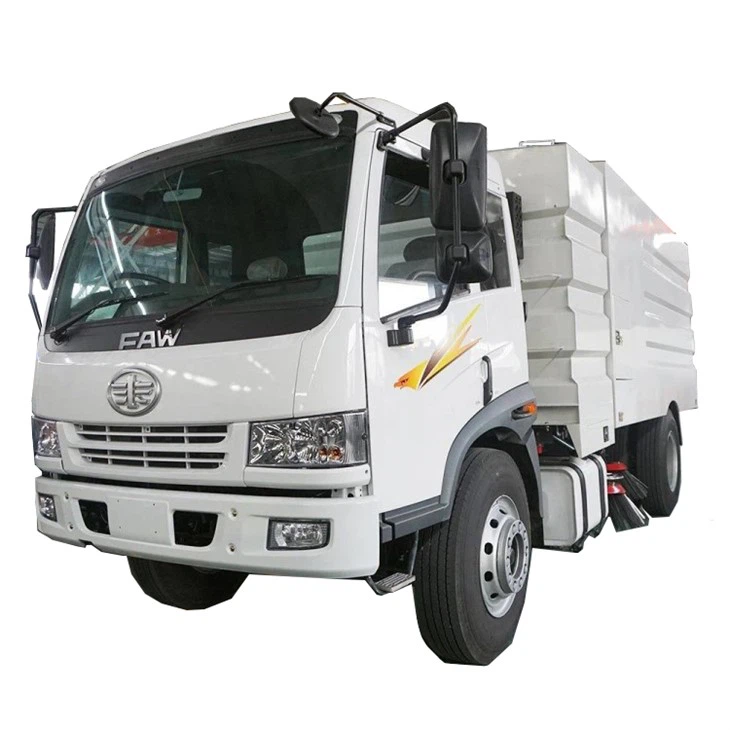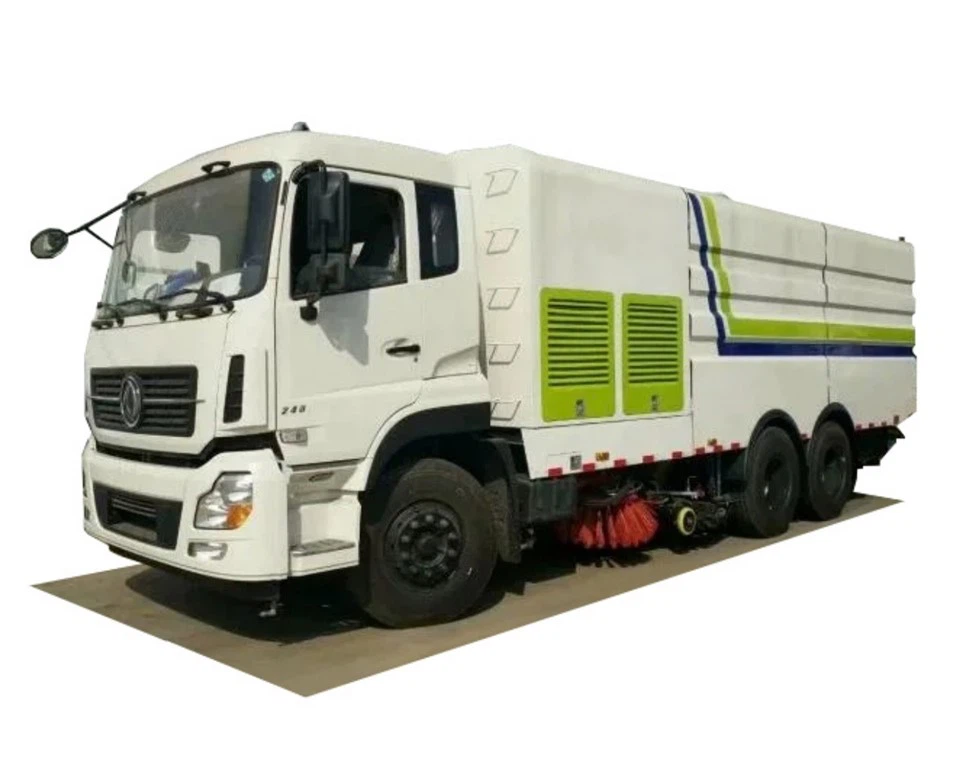Understanding Petroleum Gas Tanks: A Comprehensive Guide

Introduction
Petroleum gas tanks, commonly referred to as gas tanks, play a crucial role in everyday life, from powering vehicles to heating homes. In this article, we will delve deep into the world of petroleum gas tanks, exploring their design, function, safety measures, and maintenance. Whether you are a homeowner looking to learn more about your heating system or a vehicle owner trying to understand your fuel system better, this guide will provide valuable insights.
1. What is a Petroleum Gas Tank?
A petroleum gas tank is a storage container designed to hold gas, such as liquefied petroleum gas (LPG) or natural gas. These tanks are essential for various applications, including fueling vehicles, heating residential properties, and powering industrial equipment.
1.1 Types of Petroleum Gas Tanks
There are several types of petroleum gas tanks, including:
- Above-ground tanks: These tanks are installed above the ground and are typically used for residential heating and propane storage.
- Underground tanks: Installed beneath the ground, these tanks are often used for commercial fueling stations and large-scale energy storage.
- Portable tanks: Used for camping or small machinery, portable tanks are easily transportable and often refillable.
1.2 Common Uses of Petroleum Gas Tanks
Petroleum gas tanks are utilized in various sectors:
- Residential Heating: Used for heating homes during the winter months.
- Transportation: Fueling vehicles, including cars, trucks, and buses.
- Industrial Applications: Powering machinery and processes in manufacturing plants.
2. Construction and Design of Petroleum Gas Tanks
The construction of petroleum gas tanks is vital for ensuring safety and efficiency. Below, we will explore the materials used and the design considerations taken during manufacturing.
2.1 Materials Used in Construction

Petroleum gas tanks are typically constructed from durable materials such as:
- Steel: Highly durable and often used for above-ground tanks due to its strength.
- Fiberglass: Resistant to corrosion and often used for underground tanks.

2.2 Design Considerations
When designing petroleum gas tanks, manufacturers consider several important factors, including:
- Capacity: Ensuring the tank can hold the required volume of gas.
- Safety Features: Incorporating vents, valves, and pressure gauges to prevent accidents.
- Environmental Impact: Designing tanks to minimize leaks and environmental hazards.
3. Safety Measures for Petroleum Gas Tanks
Safety is paramount in the use of petroleum gas tanks. Below are critical safety measures to consider.
3.1 General Safety Guidelines
- Always store gas tanks in well-ventilated areas.
- Regularly inspect tanks for any damage or corrosion.
- Keep tanks away from sources of ignition.
3.2 Emergency Procedures
In case of a gas leak or explosion, it’s essential to have an emergency plan:
- Know how to shut off the gas supply quickly.
- Have a fire extinguisher readily available.
- Evacuate the area immediately and contact emergency services.
4. Maintenance of Petroleum Gas Tanks
Proper maintenance is crucial for the longevity and safety of petroleum gas tanks. Below are some essential maintenance tips.
4.1 Regular Inspections
Conduct regular inspections to check for:
- Rust and corrosion on the tank’s exterior.
- Proper functioning of valves and gauges.
- Presence of any leaks or unusual odors.
4.2 Cleaning and Repairs
Keeping the tank clean and addressing repairs promptly can prevent larger issues. Here are some tips:
- Remove dirt and debris from the tank exterior.
- For minor rust, sanding and appropriate paint can restore protection.
- Hire a professional inspector for significant repairs.
5. Environmental Considerations
The use of petroleum gas tanks can have environmental implications. Here we discuss how to mitigate these impacts.
5.1 Understanding Environmental Impacts
Improper storage or malfunctioning tanks can lead to:
- Soil Contamination: Leaks can contaminate underground water supplies.
- Air Pollution: Fumes from gas can contribute to air quality issues.
5.2 Best Practices for Compliance
To minimize environmental impact, follow these best practices:
- Comply with all local regulations regarding gas storage.
- Implement spill prevention plans.
- Consider eco-friendly alternatives, such as biodiesel when possible.
6. Future Trends in Petroleum Gas Storage
As technology evolves, the petroleum industry continues to innovate. Here are some future trends to watch.
6.1 Advanced Materials
Research into new materials is ongoing, with a focus on:
- Self-healing materials: Could minimize leaks and extend tank life.
- Smart tanks: Incorporating sensors for monitoring conditions and performance.
6.2 Regulatory Changes
Anticipate changes in regulations that prioritize:
- Enhanced safety standards.
- Greater emphasis on environmental protection.
7. Practical Examples
It can be invaluable to look at real-world applications of petroleum gas tanks. Below are some practical examples.
7.1 Residential Heating Systems
Many homes utilize above-ground propane tanks. Here’s how it works:
- Propane is stored in a large tank outside the home.
- It passes through pipes into a heating system as needed.
By understanding your home’s system, you can ensure efficient usage and maintenance.
7.2 Commercial Fuel Stations
In commercial fueling stations, underground tanks are prevalent. They function as follows:

- Gasoline or diesel is stored safely underground.
- Pumps withdraw fuel as vehicles are refueled.
Regular inspections and compliance with local laws are critical to operating these stations safely.
8. Frequently Asked Questions (FAQs)
8.1 What is the typical lifespan of a petroleum gas tank?
The lifespan can vary based on material and usage, but typically, a well-maintained steel tank can last 20-30 years, while fiberglass tanks may last even longer.
8.2 How can I tell if my gas tank is leaking?
Signs of a leak include unusual smells (often described as rotten eggs), hissing sounds, and the presence of water or puddles near the tank.
8.3 Are there regulations regarding the installation of gas tanks?
Yes, local, state, and federal regulations must be followed for installation to ensure safety, environmental protection, and compliance.
8.4 How often should I have my gas tank inspected?
It is recommended to have your gas tank inspected at least once a year, or more frequently if it shows signs of wear or age.
8.5 Can I install my own petroleum gas tank?
Installation of gas tanks should ideally be performed by a licensed professional to comply with safety regulations and local laws.
8.6 What should I do if I smell gas near my tank?
If you smell gas, evacuate the area immediately, avoid using electronics or open flames, and contact emergency services or your gas supplier.
